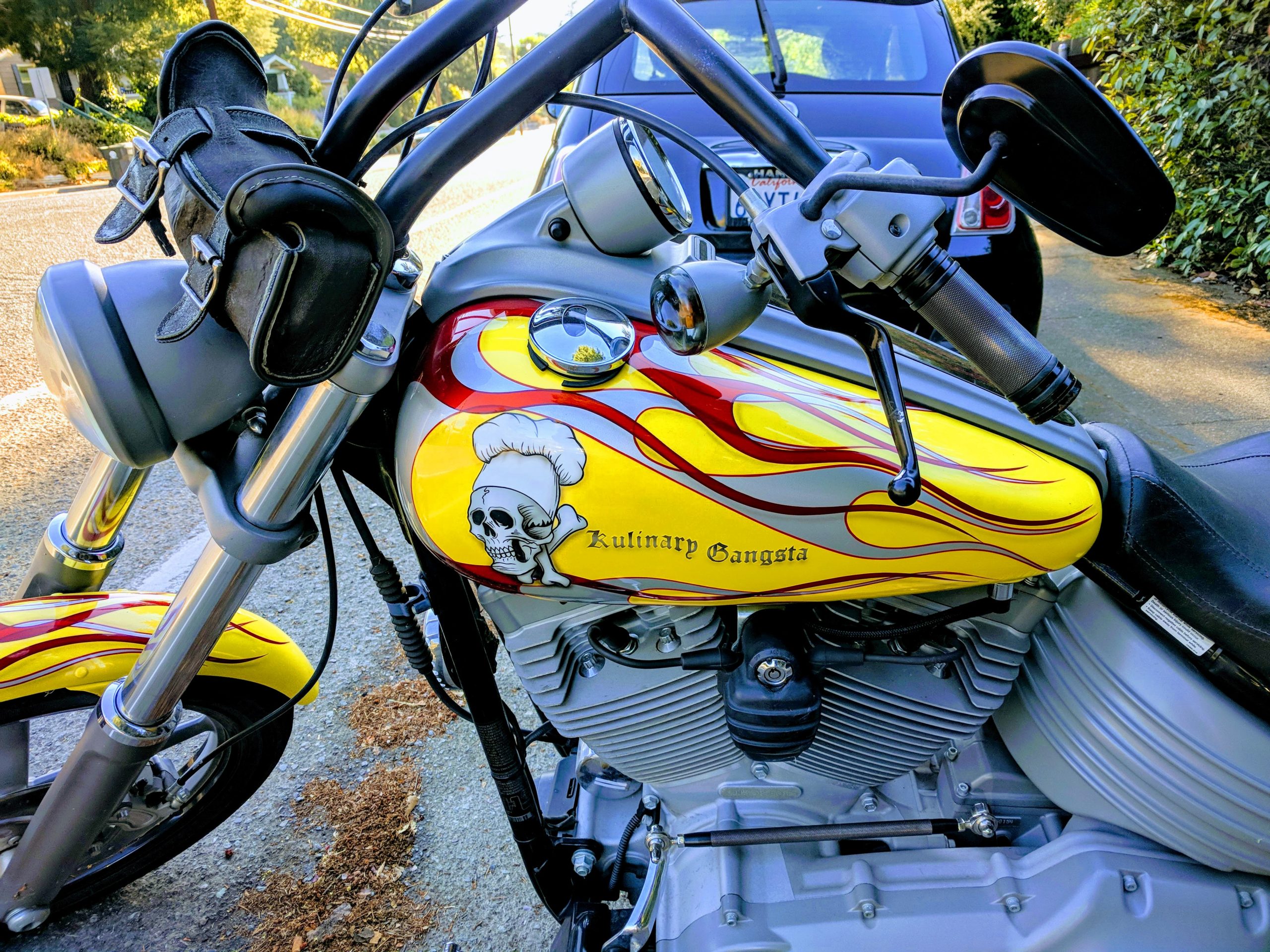Living in coastal California, one encounters significant exposed flesh on a daily basis. There are tattoos and tan lines and thongs to navigate.
Despite this baseline, our family has mostly worn broad-brimmed hats and rash guards to pool and beach events. As one dad bluntly commented when our evidently out of place family arrived at a family pool party, "Here comes the bucket hat brigade!"
How did we get to this point? I trace the origins to being an exchange student at Peking Union Medical College during the Spring of 1999.
It was a chill, dull gray spring in Beijing, and I lived in a hutong near the Wangfujing neighborhood of Beijing, about 10-15 minutes' walk from the Forbidden City. The trees were bare, the smog was thick, and the only sign of life was a pair of loud rooks that nested just outside my window in the Red Cross Hotel that served as my home base.
Among the many life-altering encounters during that exchange was a trip to Beijing's famous silk alley.
At the time, I had a childhood friend who had moved to New York City and was teaching me about his experiences waiting in line at "sample sales" by famous and expensive designers. I was a broke med student who'd rotated through the same handful of ties purchased from Ross Dress For Less for over a decade.
I shouldn't have let it bother me, but it felt like I was falling behind my peers. The silk alley cured me of that illusion.
While there were plenty of silk items, the wares I noticed were ties and jackets made of what appeared to be Gore-tex, which at the time was an extremely expensive, bleeding edge technical material.
The vendors said that many of them had contacts who worked in the factories that made jackets for North Face, Timberland, and other North American gear companies. They brought home "extra" material in various colors, which the silk alley tailors could sew to fit custom orders.
More importantly, the silk alley vendors had just about any label you could imagine wanting which they would be more than happy to sew onto any item.
Want a silk tie with an Armani label? No problem. Prefer that your blue gore-tex jacket have a North Face label instead of a Timberland insignia? We can do change it.
To the silk alley vendor, labels were interchangeable and essentially worthless.
That realization helped me to feel that I was no longer falling behind.
I ordered a handful of contemporary ties with labels from my friends' sample sales, and returned to the US excited to show them off. After eliciting the desired whistle of admiration, I shared with him how easy it had been to obtain the goods.
His attitude changed instantly - it was clear he thought my "knockoffs" were inferior to his genuine merchandise.
The lesson was clear to me - high fashion was a purely psychological construct intended to prod consumers to spend.
Acknowledging this reality helped inoculate me against peer pressure. I grew comfortable with buying quality whether or not it had a designer label I recognized, and buying secondhand became second nature.
I learned to be comfortable in my less than fashionable skin.
That lesson, planted early in my medical training, helped transform our family into the bucket hat brigade - a moniker I've come to regard as a badge of pride.


Comments 1
We tend to substitute brand names (and their narratives) as a gauge for quality, since we don’t really have an expertise to understand quality. Too cool for school is one of my least favorite traits in so-cal. I find it preposterous. Some old geezer driving around in a 30 year old Mercedes copping an attitude of vintage while wearing a sailor hat. In the mean time it costs 2K to get an oil change.